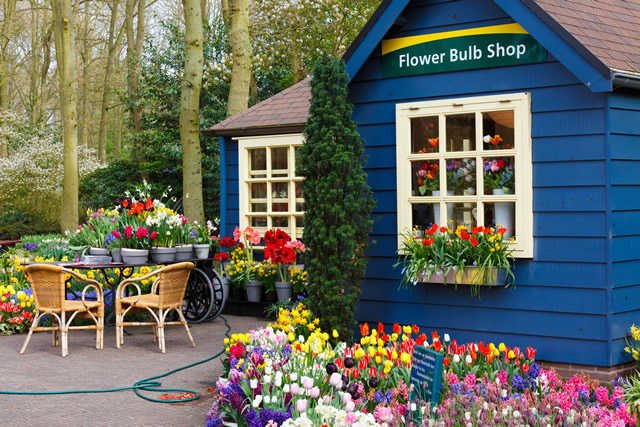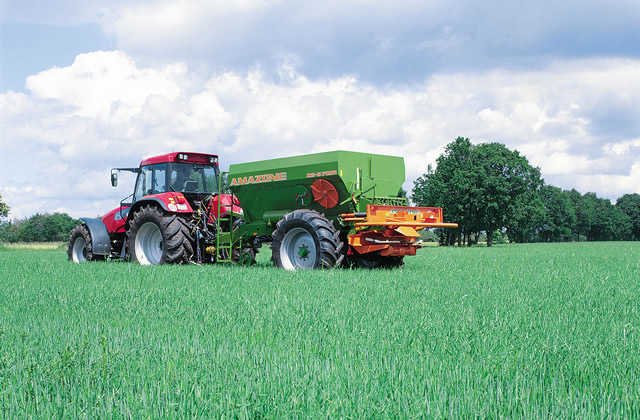[Chemical Fertilizer] What are the main components of chemical fertilizers in chemical fertilizer?
[Chemical Fertilizer] What are the main components of chemical Fertilizers in Chemical Fertilizer?
What are the main components of chemical Fertilizers
1 , nitrogen fertilizer: Chemical Fertilizer with nitrogen nutrition elements as the main ingredient, including ammonium bicarbonate, Urea, ammonium sales, ammonia, ammonium chloride, ammonium sulfate, etc. Essence
2 , Phosphate Fertilizer: Chemical Fertilizer with phosphate nutrition elements as the main ingredient, including ordinary excess calcium phosphate, calcium magnesium phosphate Fertilizer, etc. Essence
3 , Potassium fertilizer: Chemical Fertilizer with potassium nutrition elements as the main ingredient. At present, there are not many. The main varieties are potassium chloride, potassium sulfate, potassium nitrate, etc.
4 , Repeated and mixed Fertilizer: That is, Fertilizer contains two Fertilizer three elements (nitrogen, phosphorus, potassium) binary compound, mixed Fertilizer, and trigly compound, mixed Fertilizer containing nitrogen, phosphorus, and potassium. Among them, mixed Fertilizer promoted quickly throughout the country.
5 , Trace element Fertilizer and certain medium -sized element Fertilizers: The former is Fertilizer with trace elements such as boron, zinc, iron, molybdenum, manganese, copper, and the latter such as calcium, magnesium, sulfur and other Fertilizers.
6 Followed by some crops: such as steel slag silicon Fertilizer applied on rice, cobalt Fertilizer applied to the bean crops, as well as agricultural rare earths used on sugarcane and fruits.
What are the harmful components in chemical Fertilizers?
1 Damage to crops
Fertilizers are composed of various salt, so these Fertilizers composed of salt categories have been applied for a long time. When Fertilizers enter the soil, they will increase the concentration of soil solutionDo not absorb water from the soil solution, but the water in the cytoplasm is inflated into the soil solution, causing crops to be harmed.Typical examples are crops"Burning seedlings"
After a large amount of pesticides is applied, pesticide residues or deep groundwater are caused, which also causes pollution to water.In recent years, the low price of garlic is because pesticide residues have exceeded standards. Foreign acquirers have canceled acquisitions and caused.We may also be unqualified by what we eat, but the awareness of the domestic people is not so high, and the cost of the test is too high.Ordinary people cannot afford it.
2 Pollution to the environment
Rich nutrition of rivers, lakes, and inland sea.The cause of richer nutritional in the waters is mainly to increase the content of nitrogen and phosphorus in water, so that the algae and other aquatic plants grow too much.
The soil is polluted and the physical properties of the soil deteriorate.Long -term excessive and simply applying chemical Fertilizers can acidify the soil.The ammonia ion of organic and inorganic complexes in the soil solution increased and the ammonia ion increased by organic and inorganic complexes. CA2 As well as MG2 Wait, scattered soil collagen, damage to the soil structure, the landing of the land, and directly affect the cost and quality of agricultural production and crops.
Increased toxic ingredients in food, feed and drinking water.Nitrite biological toxicity is larger than nitrite 5 ~ 10 Double, a combination of nitrite and amine N -Nitukin compound is a strong carcinogen (see N -Nitogen compounds and cancer).The content of nitride in the well or river water in areas with chemical Fertilizers will increase, or even exceed the standard of drinking water.Too much soil with chemical Fertilizers will increase the nitrate content in crops such as vegetables and pastures.The nitrite content in food and feed is too high, which has caused children and livestock poisoning accidents.Chemical Fertilizer also contains other impurities, such as cadmium in phosphorus ore 10 ~ 100ppm , Lead 5 ~ 10ppm These impurities can also cause environmental pollution.
Increased nitrogen oxide content in the atmosphere.The nitrogen fertilizer applied to farmland has a considerable amount of volatilization from the surface of the soil into a gas and entering the atmosphere.A considerable part of the form of organic or inorganic nitrogen enters the soil. Under the action of soil microorganisms, it will be converted into nitrogen and nitrogen oxides from the pumpkin, adsorption state, and water -soluble.To prevent environmental pollution, control and manage chemical Fertilizers used.

